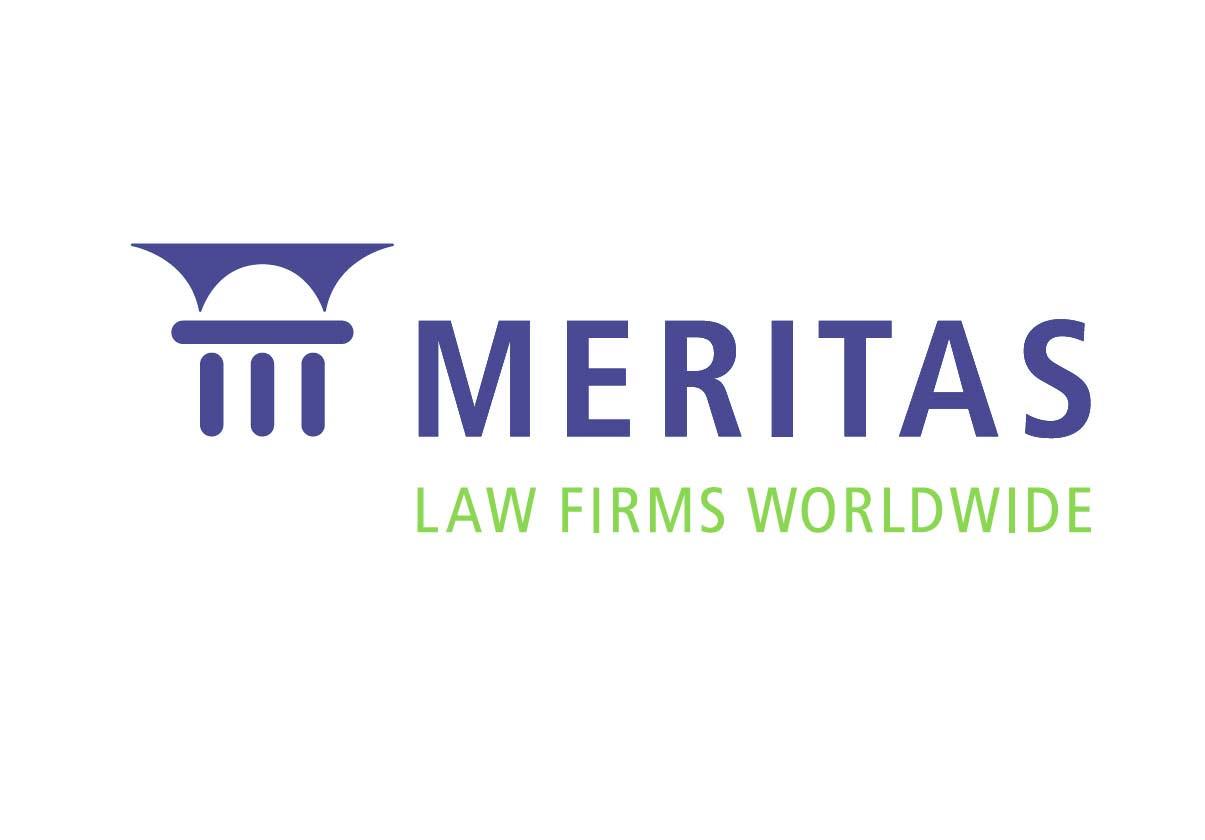In Brief
Whether a document is a lease or licence, will depend on a review of the document. If drafted appropriately, a document that purports to be a licence should in fact be a licence. If a licence is terminated by the owner, or its immediate licensor, a licensee may be entitled to seek relief against forfeiture (ie be put back in possession of the premises) at VCAT, but only if the owner or licensor has acted unconscionably.
What you need to know
If a document is called a “licence”, it may be a lease at law, which gives an occupant increased rights. For example, the Retail Leases Act 2003 (Vic) may apply and the occupant may be entitled to seek relief against forfeiture at law. In such circumstances, legal advice is required as to whether the document is a lease, or a licence.
Background
In the recent decision of Sumbul Holdings Pty Ltd v LDZ Pty Ltd (Building and Property) [2020] VCAT 1272, VCAT had to consider whether a document that purported to be a licence was a licence and not a lease.
The licence was of a butcher shop in Craigieburn, owned by Lendlease and leased to LDZ, which in turn granted a licence to Sumbul.
LDZ sought to terminate the licence for unpaid occupancy fees. VCAT had to determine whether the licence was in fact a lease and if Sumbul could seek relief against forfeiture. If it was a lease, Sumbul could seek relief against forfeiture and be put back into possession of the premises upon remedying the default under the lease.
VCAT determined that it needed to decide if Sumbul had exclusive possession of the premises. If it did, it was a lease. VCAT determined that Sumbul did not have exclusive possession of the premises. It was a matter of construction of the agreement and VCAT was satisfied that the intention of the parties was to create a licence and not lease.
As it was only a licence, could relief against forfeiture be granted? VCAT determined that it had jurisdiction to hear and determine an application for relief against forfeiture of a licence, where the conduct of the terminating party is unconscionable. However, no unconscionability was found in this case.
Conclusion
If you are faced with a document that purports to be a licence, whether you represent an owner or an occupant, it is important to understand if it is a lease or a licence, as different consequences and rights flow. In such circumstances, legal advice is required.
The content of this article is intended to provide a general guide to the subject matter. Specialist advice should be sought about your specific circumstances. Madgwicks is a member of Meritas, one of the world's largest law firm alliances.



